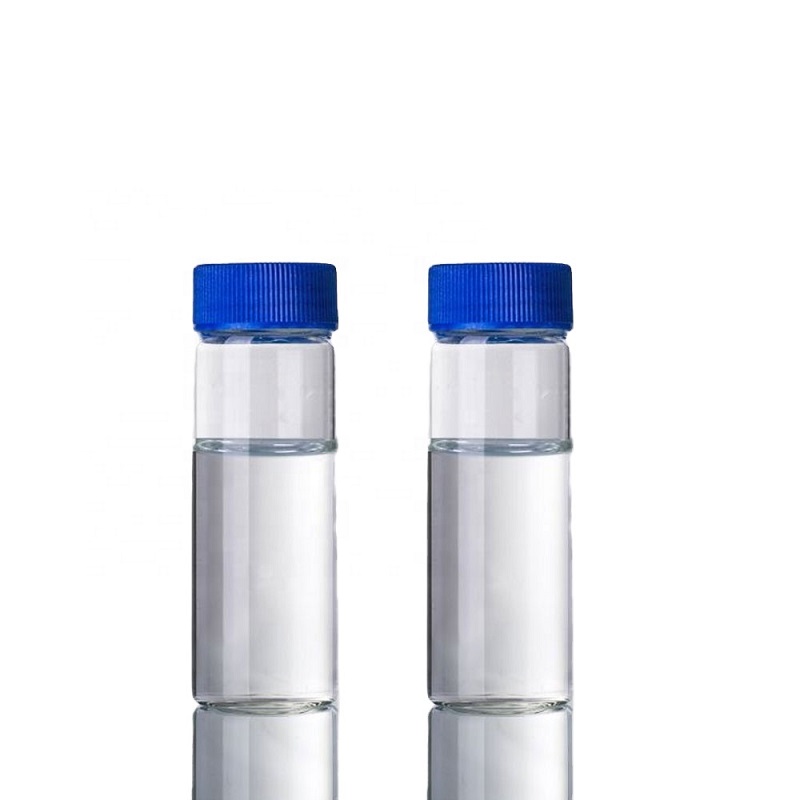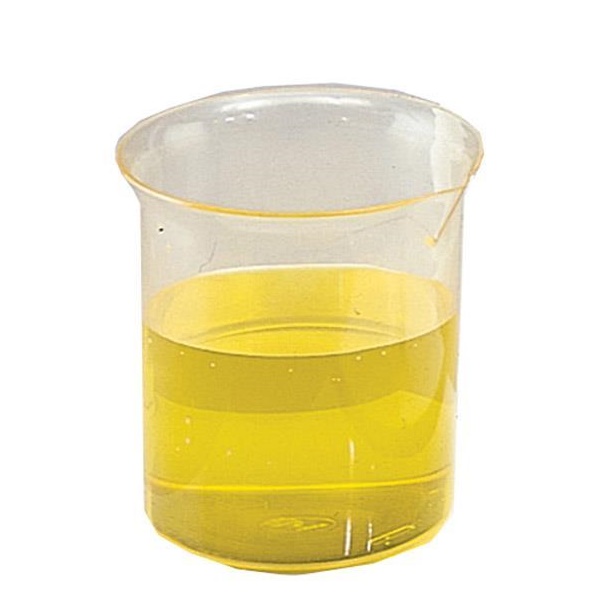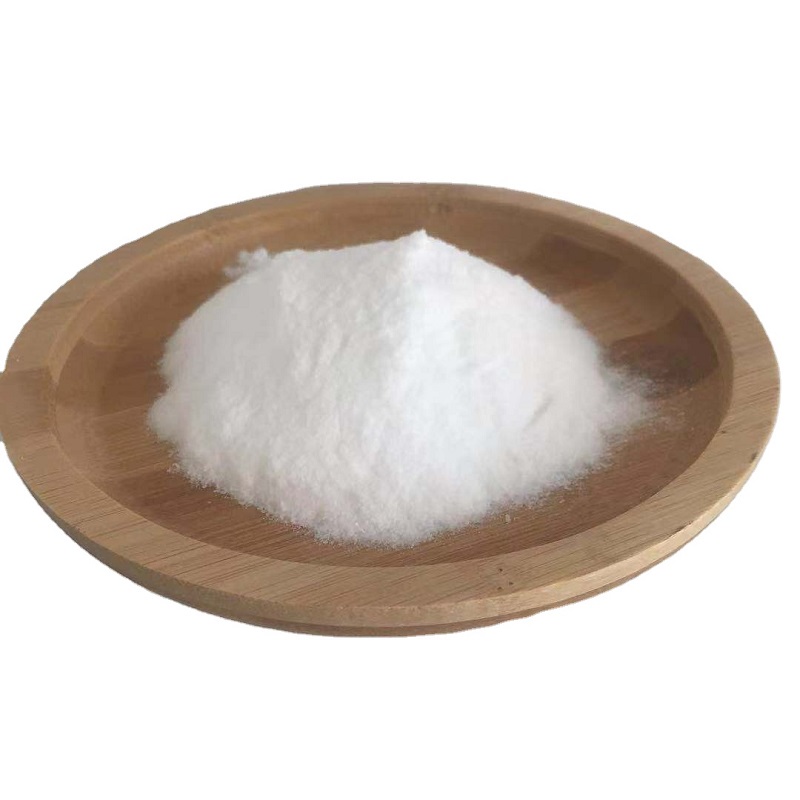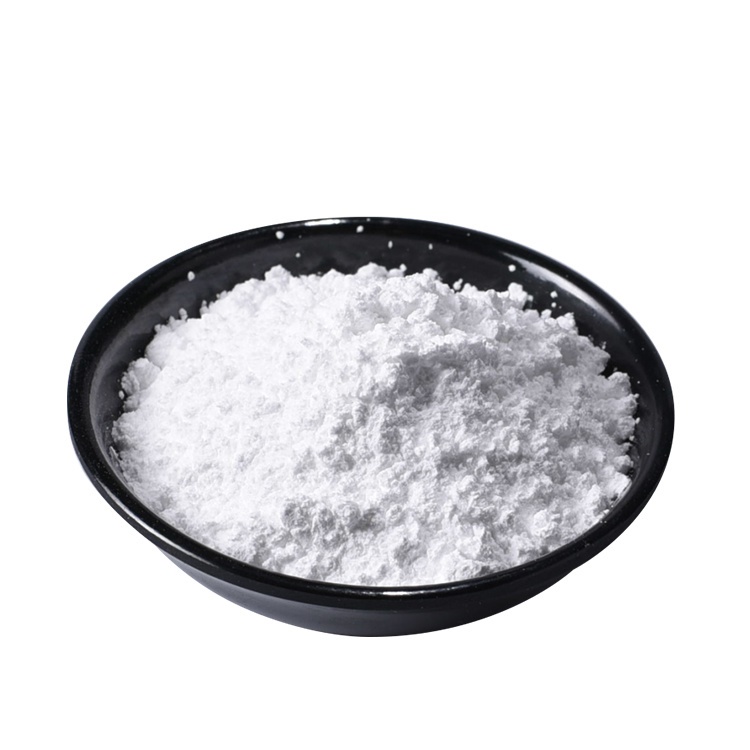

2-Acetylbutyrolactone CAS 517-23-7
——————
CAS number : 517-23-7
molecular formula : C6H8O3
EINECS : 208-235-2
——————
Email : info@deshangchem.com
Mobile : +86-13153039501
TEL : +86-531-88752665
CAS number:517-23-7
molecular formula:C6H8O3
molecular weight:128.13
EINECS number:208-235-2
English synonyms
-(-2-Hydroxyethyl)acetoaceticacid-lactone;2-Acetyl-4-hydroxybutyric acid gamma-lactone;2-Acetylbutyrolacton;2-Oxo-3-acetyltetrahydrofuran;-Acetyl-hydroxybutyricacid;alpha-(2-Hydroxyethyl)acetoacetic acid gamma-lactone;alpha-Acetobutyrolactone;alpha-Acetylbutyrolactone
Related categories
Raw materials; pharmaceutical intermediates; intermediates; organic raw materials; chemicals; pharmaceutical raw materials; industrial raw materials; organic chemicals; carbonyl compounds; organic building blocks; general reagents; esters; medical raw materials; Raw materials; medical raw materials; α-acetyl-γ-butyrolactone; pharmaceutical impurities and intermediates; pesticides, pharmaceuticals; chemical solvents; reference substances; chemical reagents; ketone; Furan&Benzofuran; Carbonyl Compounds; Lactones; Intermediates & Fine Chemicals;Pharmaceuticals;Organic solvents;
Introduction
Alpa-acetyl-gama-butyl ester, also known as 2-acetyl-γ-butyrolactone, is an important organic chemical raw material, an intermediate for the preparation of chlorophyll, and can also be used in the pharmaceutical industry to manufacture anti-anginal drugs. The raw material for producing vitamin B1 can also be used to synthesize 3,4-disubstituted pyridine and 5-(β-hydroxyethyl)-4-methylthiazole, which has a wide range of uses.
Chemical properties
| Melting point | <25 °C |
| Boiling point | 107-108 °C5 mm Hg(lit.) |
Density | 1.19 g/mL at 25 °C(lit.) |
| Vapor Pressure | 0.131Pa at 20℃ |
| Refractive index | n20/D 1.459(lit.) |
| Flash point | >230 °F |
| Storage conditions | Keep in dark place,Sealed in dry,Room Temperature |
| Solubility | 200g/l |
| Acidity coefficient(pKa) | 12.00±0.20(Predicted) |
| Shape | Liquid |
| Color | Clear |
Water solubility | 310 g/L (20 ºC) |
Merck | 14,83 |
BRN | 112676 |
| Stability | Stable. Incompatible with strong oxidizing agents, strong bases. |
LogP | -0.43 at 22℃ |
| CAS database | 517-23-7(CAS DataBase Reference) |
Use
● An important intermediate for the synthesis of vitamin B. It is also an intermediate in the synthesis of 3,4-disubstituted pyridine and 5-(β-hydroxyethyl)-4-methylthiazole.
● Used in the manufacture of drugs such as vitamin B1 and Yantongxin
● It is mainly used as an intermediate in the manufacture of vitamin B1.
Production method
● 1. Gamma-butyrolactone and vinyl acetate are prepared by Claisen condensation. 2. Ethyl acetoacetate (or methyl acetoacetate) and ethylene oxide condensation in the ring closed. Japan was once produced by method 1, and the yield was slightly higher than method (2), but metal sodium was needed, and there were safety problems. In 1965, method 2 was used for production. The process of method 2 is as follows: add ethylene oxide into the mixed solution of sodium hydroxide, water and ethanol which has been pre-cooled to below 0°C, add ethyl acetoacetate dropwise, and keep the reaction temperature at about 0°C. After dripping, continue to keep stirring for 5-6h, keep it overnight, keep stirring at 0-3°C for 8h the next day, and keep it overnight, neutralize it with acetic acid to ph=8 on the third day, and pump it four times with chloroform (or benzene) Extract, combine the extracts, recover chloroform (or benzene) and ethanol under normal pressure, and then fractionate under reduced pressure. Above 85°C/5333Pa is low boiling matter (mainly ethyl acetoacetate), at 100°C/400-667Pa The above is γ-acetylbutyrolactone, the average yield is nearly 60%, and the crude product content is about 90%.

2-Acetylbutyrolactone CAS 517-23-7
CAS number:517-23-7
molecular formula:C6H8O3
molecular weight:128.13
EINECS number:208-235-2
English synonyms
-(-2-Hydroxyethyl)acetoaceticacid-lactone;2-Acetyl-4-hydroxybutyric acid gamma-lactone;2-Acetylbutyrolacton;2-Oxo-3-acetyltetrahydrofuran;-Acetyl-hydroxybutyricacid;alpha-(2-Hydroxyethyl)acetoacetic acid gamma-lactone;alpha-Acetobutyrolactone;alpha-Acetylbutyrolactone
Related categories
Raw materials; pharmaceutical intermediates; intermediates; organic raw materials; chemicals; pharmaceutical raw materials; industrial raw materials; organic chemicals; carbonyl compounds; organic building blocks; general reagents; esters; medical raw materials; Raw materials; medical raw materials; α-acetyl-γ-butyrolactone; pharmaceutical impurities and intermediates; pesticides, pharmaceuticals; chemical solvents; reference substances; chemical reagents; ketone; Furan&Benzofuran; Carbonyl Compounds; Lactones; Intermediates & Fine Chemicals;Pharmaceuticals;Organic solvents;
Introduction
Alpa-acetyl-gama-butyl ester, also known as 2-acetyl-γ-butyrolactone, is an important organic chemical raw material, an intermediate for the preparation of chlorophyll, and can also be used in the pharmaceutical industry to manufacture anti-anginal drugs. The raw material for producing vitamin B1 can also be used to synthesize 3,4-disubstituted pyridine and 5-(β-hydroxyethyl)-4-methylthiazole, which has a wide range of uses.
Chemical properties
| Melting point | <25 °C |
| Boiling point | 107-108 °C5 mm Hg(lit.) |
Density | 1.19 g/mL at 25 °C(lit.) |
| Vapor Pressure | 0.131Pa at 20℃ |
| Refractive index | n20/D 1.459(lit.) |
| Flash point | >230 °F |
| Storage conditions | Keep in dark place,Sealed in dry,Room Temperature |
| Solubility | 200g/l |
| Acidity coefficient(pKa) | 12.00±0.20(Predicted) |
| Shape | Liquid |
| Color | Clear |
Water solubility | 310 g/L (20 ºC) |
Merck | 14,83 |
BRN | 112676 |
| Stability | Stable. Incompatible with strong oxidizing agents, strong bases. |
LogP | -0.43 at 22℃ |
| CAS database | 517-23-7(CAS DataBase Reference) |
Use
● An important intermediate for the synthesis of vitamin B. It is also an intermediate in the synthesis of 3,4-disubstituted pyridine and 5-(β-hydroxyethyl)-4-methylthiazole.
● Used in the manufacture of drugs such as vitamin B1 and Yantongxin
● It is mainly used as an intermediate in the manufacture of vitamin B1.
Production method
● 1. Gamma-butyrolactone and vinyl acetate are prepared by Claisen condensation. 2. Ethyl acetoacetate (or methyl acetoacetate) and ethylene oxide condensation in the ring closed. Japan was once produced by method 1, and the yield was slightly higher than method (2), but metal sodium was needed, and there were safety problems. In 1965, method 2 was used for production. The process of method 2 is as follows: add ethylene oxide into the mixed solution of sodium hydroxide, water and ethanol which has been pre-cooled to below 0°C, add ethyl acetoacetate dropwise, and keep the reaction temperature at about 0°C. After dripping, continue to keep stirring for 5-6h, keep it overnight, keep stirring at 0-3°C for 8h the next day, and keep it overnight, neutralize it with acetic acid to ph=8 on the third day, and pump it four times with chloroform (or benzene) Extract, combine the extracts, recover chloroform (or benzene) and ethanol under normal pressure, and then fractionate under reduced pressure. Above 85°C/5333Pa is low boiling matter (mainly ethyl acetoacetate), at 100°C/400-667Pa The above is γ-acetylbutyrolactone, the average yield is nearly 60%, and the crude product content is about 90%.
Team Presentation







